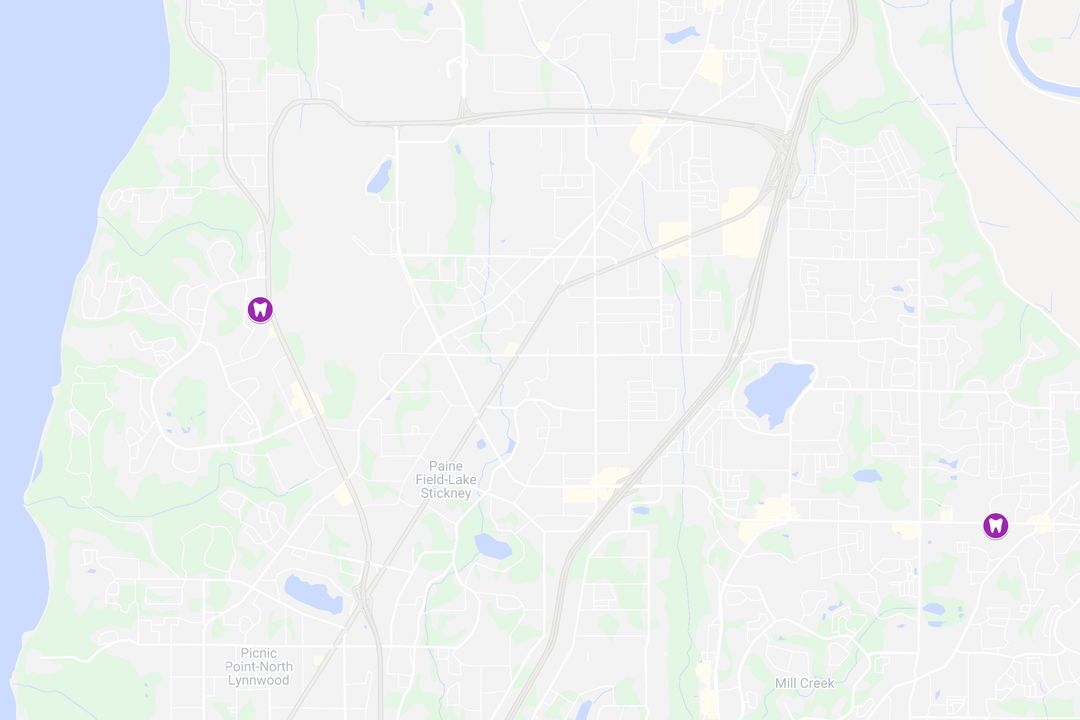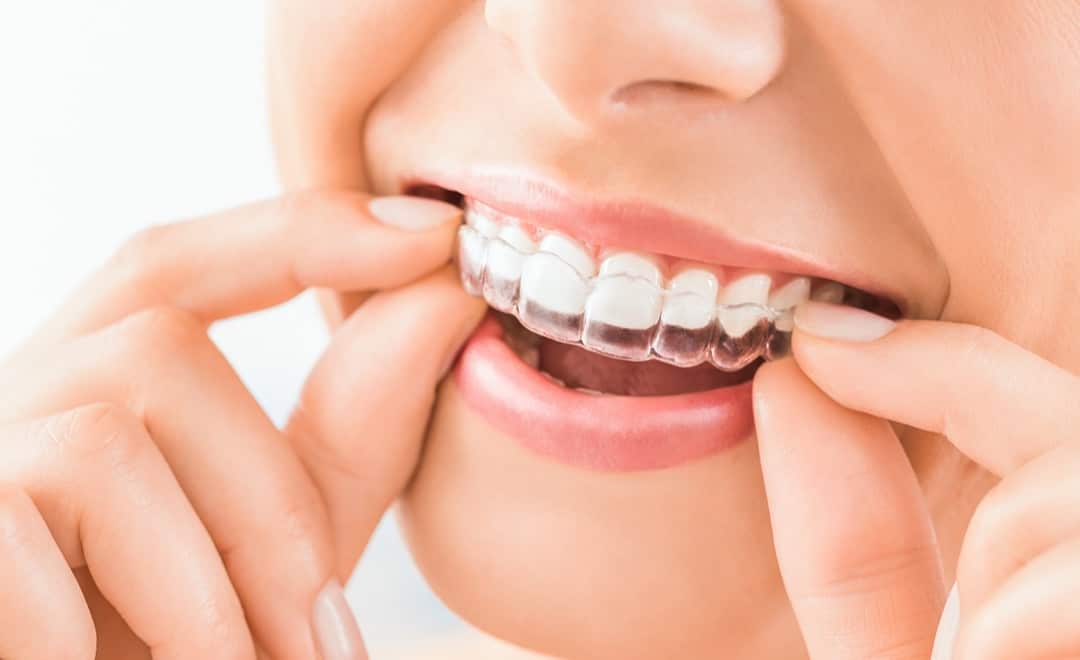One of the most common reasons people avoid getting braces is appearance. It’s no secret that traditional braces aren’t exactly subtle. Dr. Chad Carver, DMD, and the orthodontic team at Stellar Family Orthodontics in Mukilteo and Mill Creek, Washington know that metal brackets and wires aren’t the greatest selling point for braces.
But what if you didn’t have to see them? Thanks to orthodontic treatments like lingual braces and Invisalign® clear aligners, you don’t have to! Both options straighten teeth and correct bite problems discreetly. The question is: Which is right for you?
Lingual Braces vs. Invisalign
Both metal and ceramic braces bond to the surface of your teeth to correct orthodontic issues. While traditional braces are extremely effective, they aren’t as attractive as most teens and adults would like. If you’re hesitant about getting braces, lingual braces or Invisalign may be right for you.
In this guide, we’ll discuss the pros and cons of lingual braces and Invisalign, so you can choose the right treatment for your smile.
What are lingual braces?
Lingual braces look and function just like traditional braces, but instead of adhering to the surface of your teeth, they bond to the backside. Lingual roughly translates to “near the tongue.” Since the braces face the tongue, you can’t really see them when you speak or smile.
Lingual Braces Pros
Lingual braces offer many advantages over traditional braces, such as:
Appearance
You have to open your mouth quite wide in order to see lingual braces. The metal brackets, wires, and bands are hidden by your teeth. If you’re hesitant about getting braces because of the way they look, consider lingual braces as a discreet alternative.
Stability
Unlike Invisalign, lingual braces are fixed to your teeth. You never have to worry about removing the appliance to eat or drink. This may be an advantage for those who are worried about losing removable clear aligners.
Performance
While Invisalign has improved a lot in the last 10 years, clear aligners can’t straighten teeth as well as braces. Those with severely crooked teeth, an overbite or underbite, a crossbite, or an open bite should consider braces over Invisalign.
Lingual Braces Cons
There are some drawbacks to choosing lingual braces over Invisalign, including:
Comfort
Lack of comfort is one of the most common complaints with lingual braces. Unfortunately, the brackets and wires can irritate the tongue. While most people do adapt, Invisalign is certainly the more comfortable option. In addition, lingual braces can lead to speech problems, such as a mild lisp.
Oral Hygiene
Traditional braces are difficult to clean. Brushing with braces can be tedious when you’re trying to clean each bracket and floss through the wires. Many people find that lingual braces are even tougher to clean, since they’re located on the backside of your teeth.
What is Invisalign?
Invisalign is a system of clear aligners that straightens teeth in the same way as braces. Like traditional and lingual braces, Invisalign gradually pulls your teeth into alignment. The main difference is that clear aligners are translucent, comfortable, and removable, so you can correct orthodontic issues discreetly.
Invisalign Pros
Invisalign offers many unique advantages compared to all types of braces, including:
Appearance
Clear aligners are just that — clear! Plus, with Invisalign’s proprietary technology, your aligners mold to the exact shape of your teeth. Others won’t be able to tell when you’re wearing Invisalign, so you can speak and smile without embarrassment.
Oral Hygiene
Because Invisalign is removable, you can brush and floss as usual. Brushing teeth with Invisalign is so simple that you never have to worry about using creative techniques to keep your mouth healthy. Remove Invisalign when you eat and drink anything but water, brush and floss, and place the aligners back in your mouth when you’re done.
Comfort
Clear aligners are smooth, so they won’t irritate your gums or tongue like braces. While you should wear Invisalign for at least 22 hours a day, you can remove them briefly if they start to feel uncomfortable.
Time
While braces take about 18 months to three years to complete treatment, you can have straighter teeth in as little as six months with Invisalign.
Invisalign Cons
There are a few disadvantages to think about when considering Invisalign clear aligners, such as:
Accountability
One of the main benefits of clear aligners is that they’re removable. Unfortunately, this can also be a disadvantage for patients who often misplace or lose things. Fixed braces may be a better option for you if you don’t want the responsibility of Invisalign.
Limitations
Invisalign is highly effective at treating most orthodontic issues, but braces are typically better at correcting severe bite and alignment problems.
Still have questions about lingual braces vs. Invisalign? If so, schedule a free consultation with an experienced orthodontist at Stellar Family Orthodontics today!




